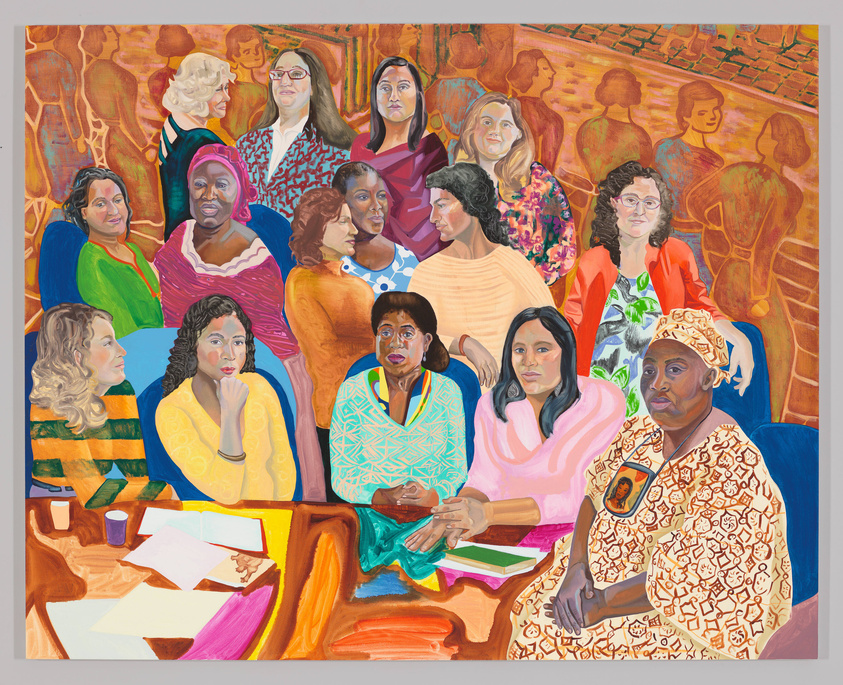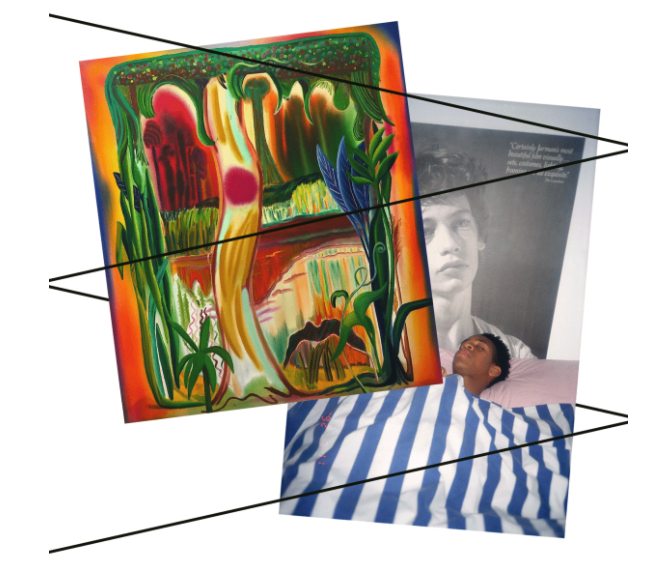Not on view
Date
2016
Classification
Paintings
Medium
Oil on linen
Dimensions
68 x 85 in. (172.7 x 215.9 cm)
Accession number
2017.274
Credit line
Whitney Museum of American Art, New York; gift of Jackson Tang in honor of Christopher Y. Lew
Rights and reproductions
© artist or artist's estate


